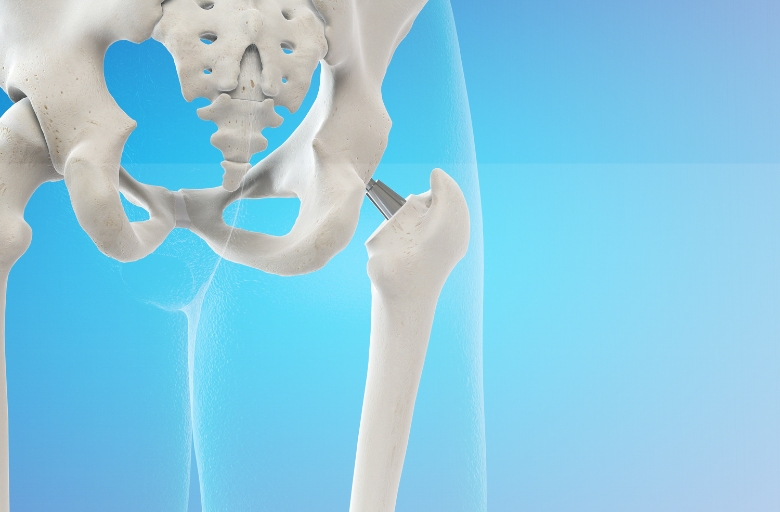What’s the Difference Between Hip Resurfacing and Total Hip Replacement Surgery?
Published on August 29, 2024 By Dr. Vivek Mittal
Introduction
Hip Resurfacing vs. Total Hip Replacement Surgery: Key Differences and Best Options
Hip resurfacing and total hip replacement surgery both help relieve hip pain and restore mobility. While both procedures aim to improve function, they differ in surgical technique, recovery time, and patient suitability. Understanding these differences can help you make an informed decision about the best hip replacement surgery for your condition.
What is Total Hip Replacement Surgery?
Total hip replacement (THR) involves removing the damaged hip joint and replacing it with an artificial implant. Dr. Vivek Mittal, a leading hip replacement surgeon in Delhi, recommends this procedure for patients with severe arthritis, fractures, or joint degeneration.
-
Procedure: The surgeon replaces the entire hip joint with a prosthetic implant made of metal, ceramic, or plastic.
-
Best for: Older adults and individuals with advanced arthritis or severe hip damage.
-
Recovery: Requires a hospital stay of a few days, followed by rehabilitation. Full recovery may take several months.
What Is Hip Resurfacing?
Hip resurfacing offers a bone-preserving alternative to total hip replacement. Instead of removing the entire joint, the surgeon reshapes the affected bone and covers it with a metal cap.
-
Procedure: The surgeon resurfaces the damaged femur and acetabulum, preserving most of the natural bone.
-
Best for: Younger, active individuals with mild arthritis and strong bone structure.
-
Recovery: Faster than THR, with many patients returning to daily activities within weeks.
Key Differences Between Hip Resurfacing and Total Hip Replacement
-
Bone Preservation:
-
THR removes damaged bone and replaces it with an implant.
-
Hip resurfacing preserves more of the natural bone.
-
-
Patient Suitability:
-
THR works best for older adults or those with severe joint damage.
-
Hip resurfacing suits younger, active patients with good bone strength.
-
-
Recovery Time:
-
THR requires a longer recovery and rehabilitation process.
-
Hip resurfacing allows a quicker return to daily activities.
-
-
Durability and Outcomes:
-
THR has a long-term success rate, but implants may wear out over time.
-
Hip resurfacing works well for certain patients but may not be ideal for those with severe arthritis.
-
Choosing the Right Option for You
Your age, lifestyle, and overall health play a crucial role in determining whether hip resurfacing or total hip replacement surgery is the better option. Dr. Vivek Mittal, one of the top hip replacement surgeons in Delhi, provides expert guidance and personalized treatment plans to ensure the best outcomes. If you’re considering hip surgery, consult Dr. Vivek Mittal for the most advanced care in Delhi NCR.




